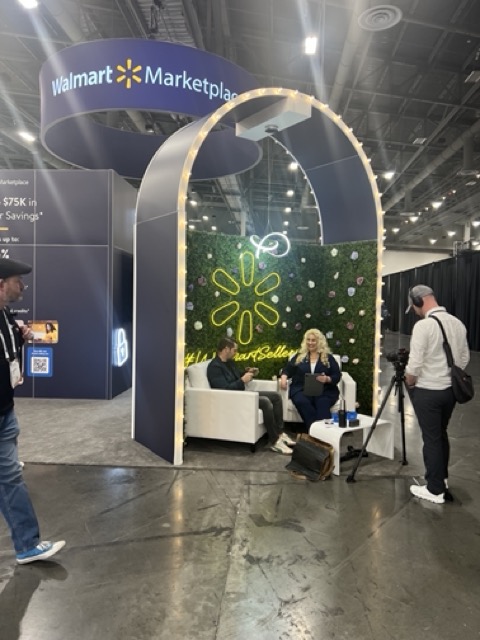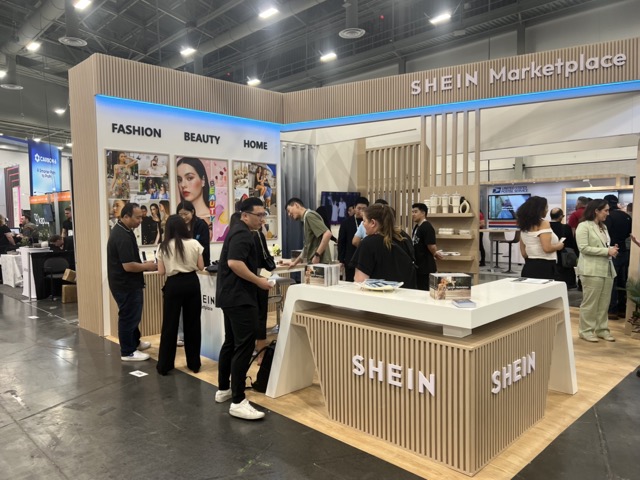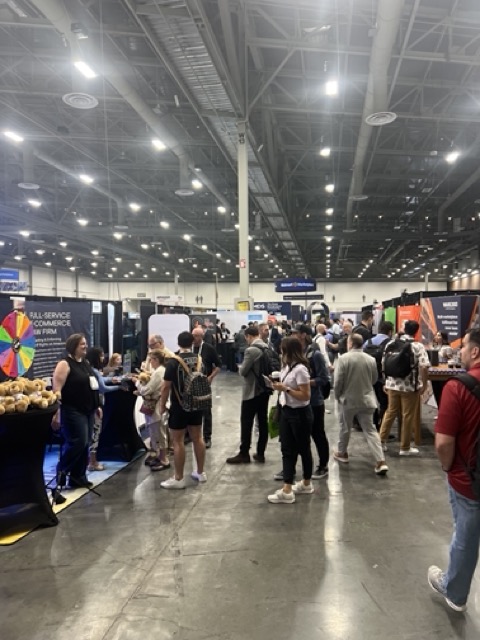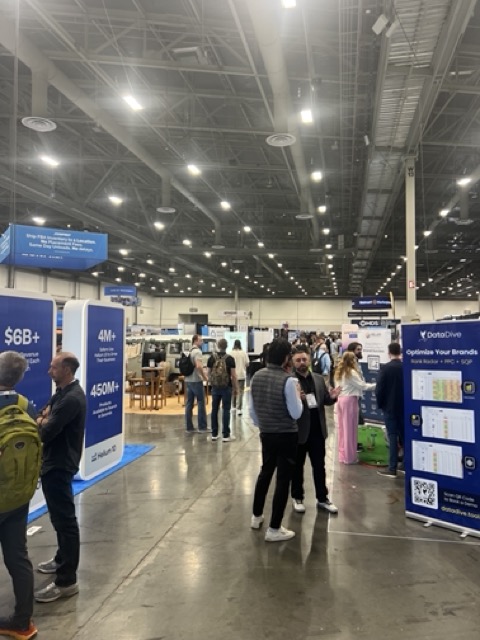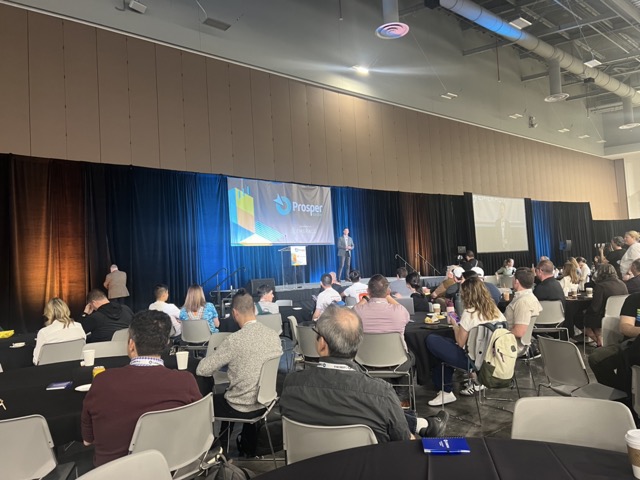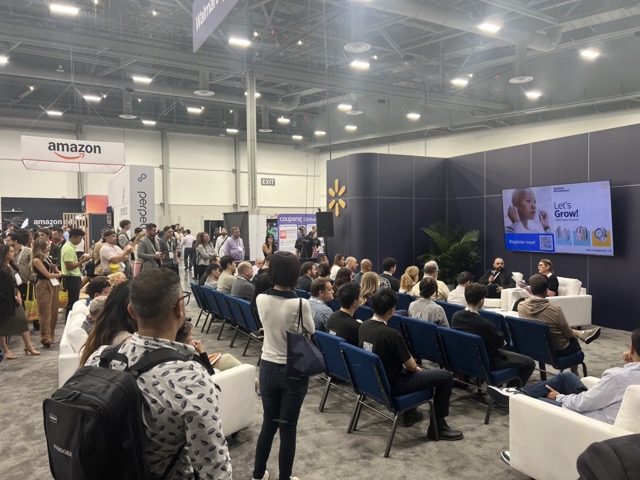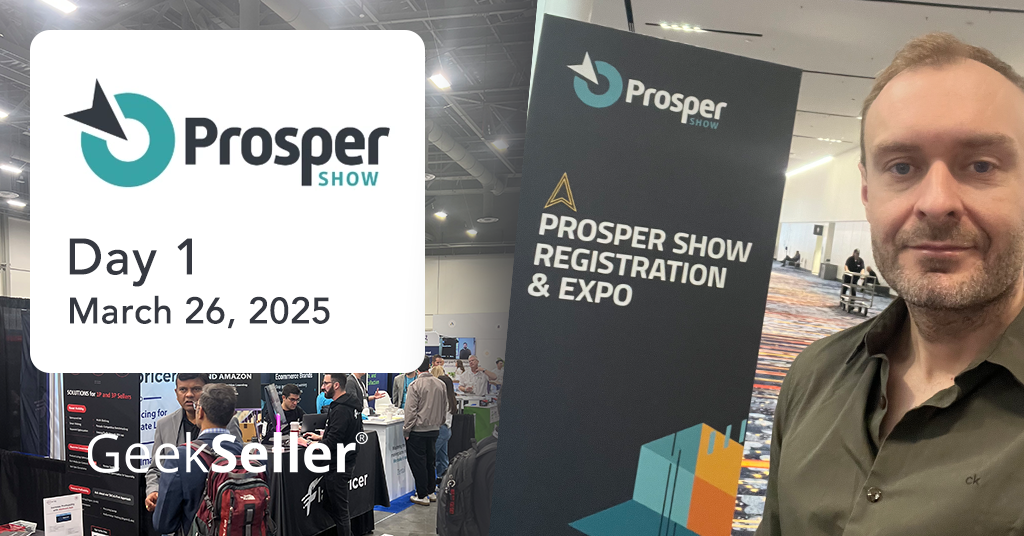The first day of Prosper Show 2025 was bustling with activity. I picked up my badge and was immediately immersed in the vibrant atmosphere of the keynote and expo hall. The day was filled with engaging conversations and networking opportunities. I’m looking forward to the final day of the show and the valuable insights it will bring.
For today’s update, I’ll focus on the keynote by Bryan Porter from Simple Modern. It was packed with interesting lessons and takeaways. The rest of the day for me was mostly spent running around, meeting people, and networking—so this keynote really stood out.
Keynote by Bryan Porter – Simple Modern
The day kicked off with an inspiring keynote by Bryan Porter, co-founder of Simple Modern. Bryan shared the story of building the company, dividing the journey into three phases: startup, distribution, and marketing.
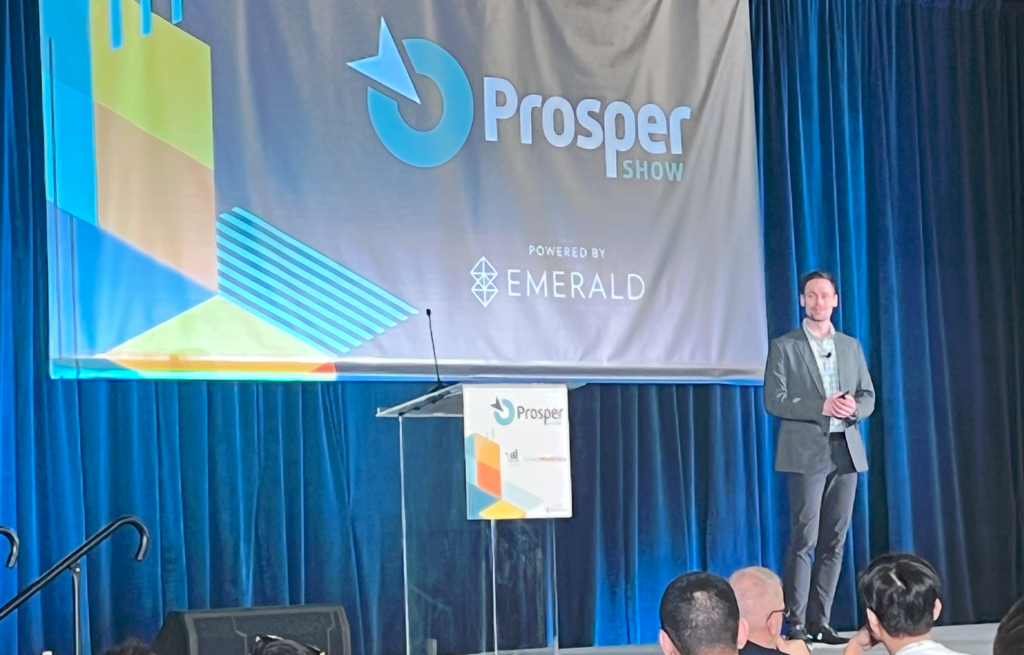
In the early days, Simple Modern grew from a $200K investment to $25M in revenue within just three years. This rapid growth was possible thanks to strategic cash flow management, especially by negotiating favorable payment terms with vendors. A major turning point came when the company started selling on Amazon. This allowed them to tap into massive traffic without heavy upfront marketing expenses. Their focus was entirely on inventory and product testing—key to standing out in a highly competitive category.
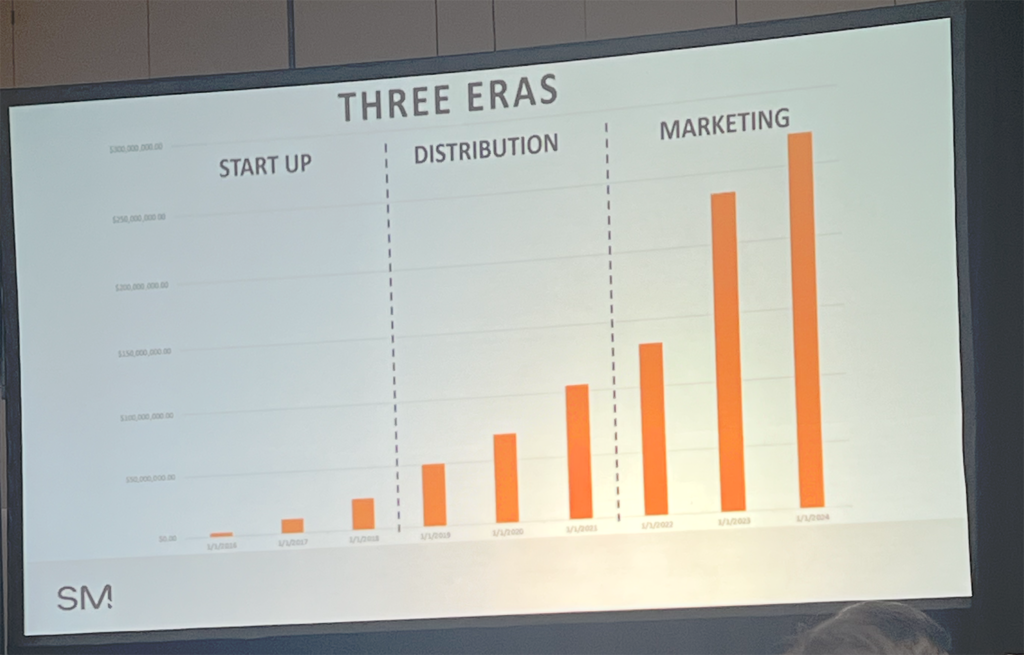
One of their successful strategies was offering a wide selection of colors and product variations, something their competitors lacked. Licensing also played a big role in their growth—first with universities, and later with major organizations like the NFL. Selling through Sam’s Club helped boost credibility, making it easier to land those large-scale deals.
Eventually, the company transitioned from being a 3P seller to a 1P vendor on Amazon. While 3P offers flexibility, it also comes with risks, such as account suspensions. Moving to 1P brought more stability. Bryan also pointed out that marketplaces like Amazon are unlikely to let a single brand dominate an entire category, so it’s essential to diversify beyond any one platform.
Today, Simple Modern has around 150 employees and is approaching $300M in revenue. Here are a few more takeaways:
- Don’t worry about your logo in the early days—the first version of Simple Modern’s logo was created in a spreadsheet.
- Focus on one category and grow deep before expanding.
- Success often comes from doing small things better. Simple Modern focused on making a great product and improving it incrementally, eventually surpassing much larger competitors.
- Organic visibility is powerful—retail presence in stores like Target helped the brand get noticed by celebrities and featured in TV shows. Influencers picked up on the product’s quality and helped promote it on social media.
Beyond business success, Bryan and the team are now focused on giving back through charitable initiatives—an inspiring example of smart, purpose-driven entrepreneurship.
